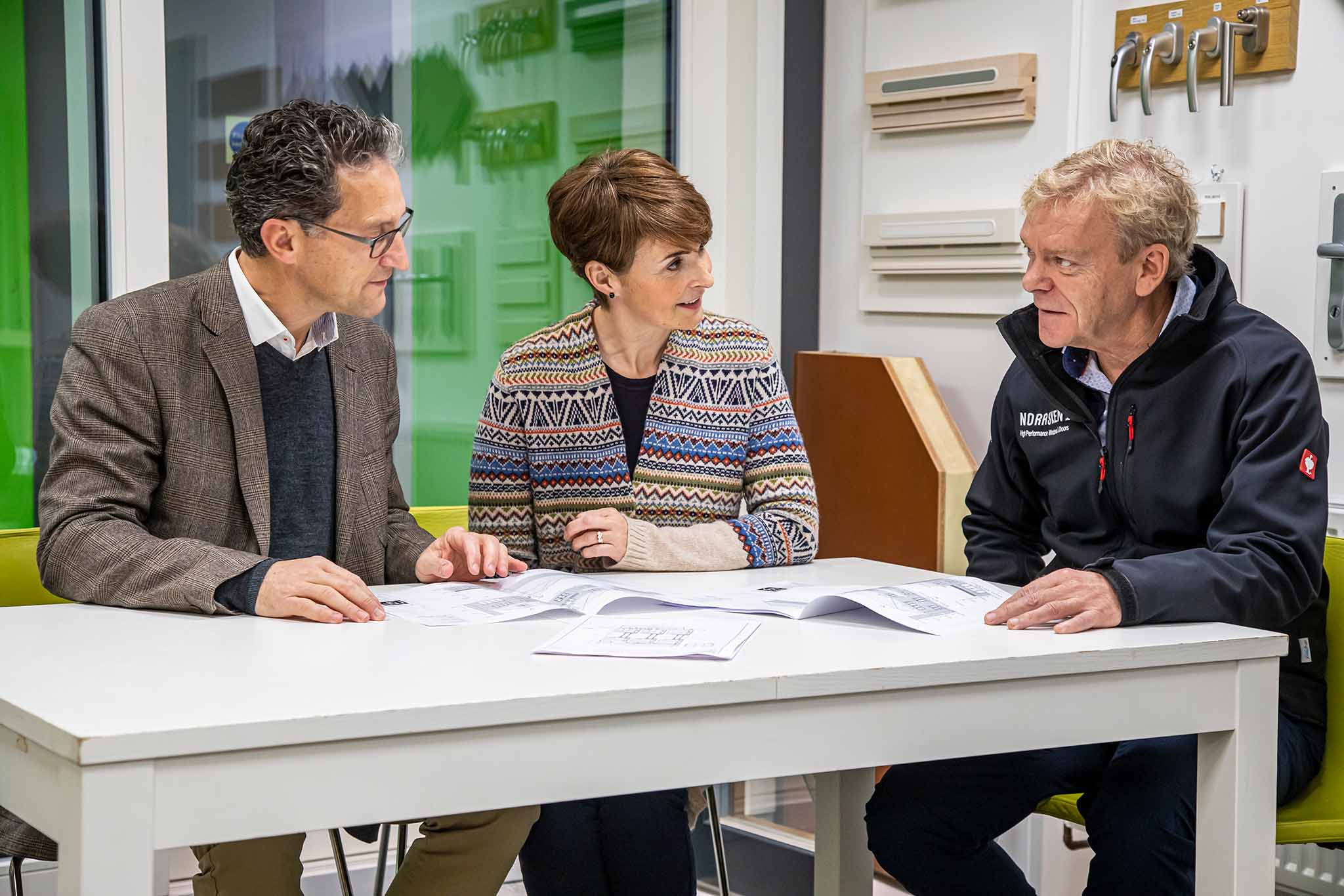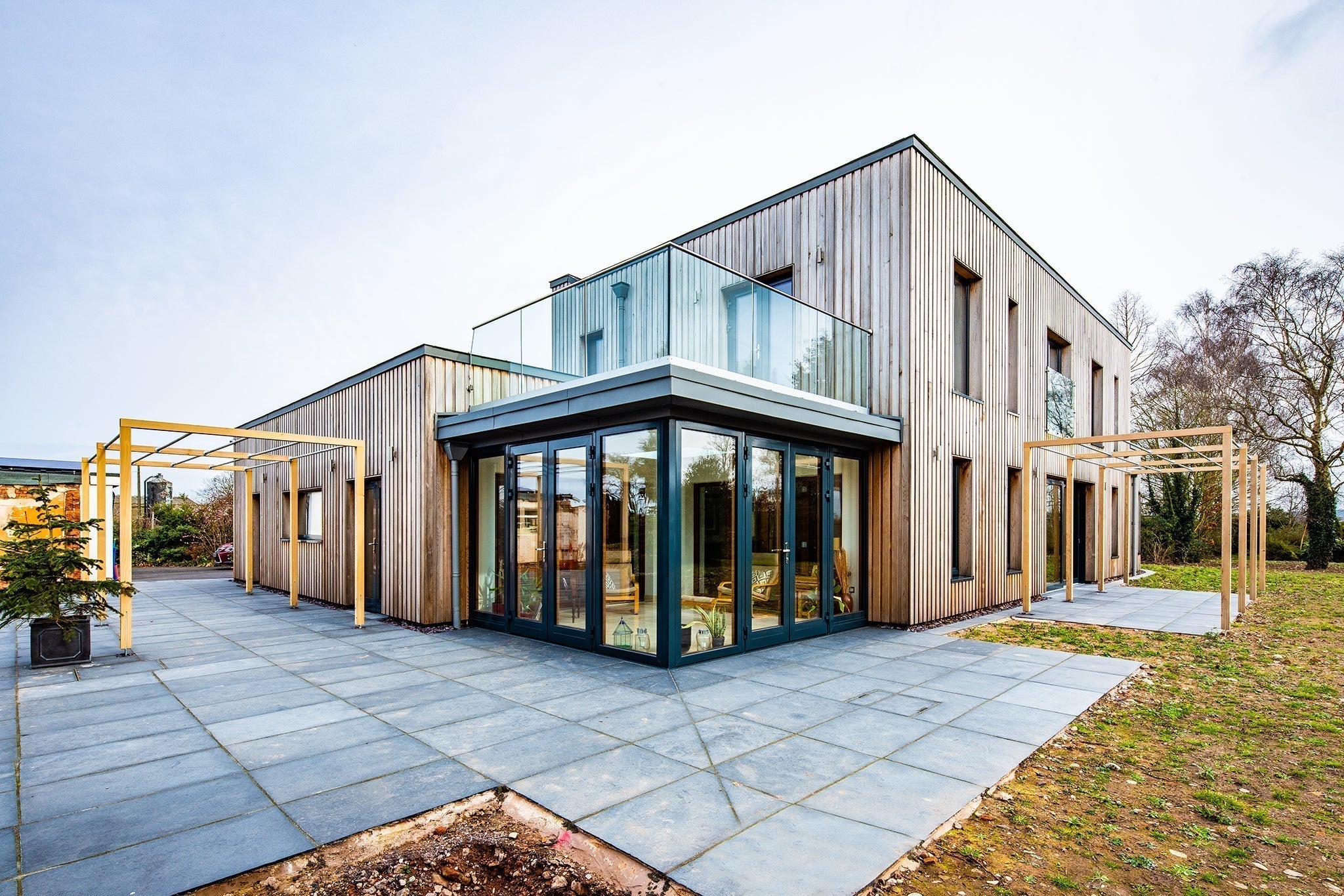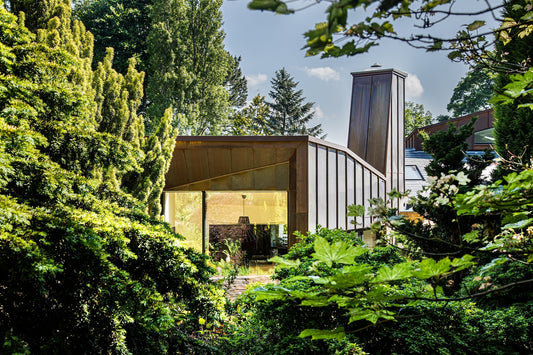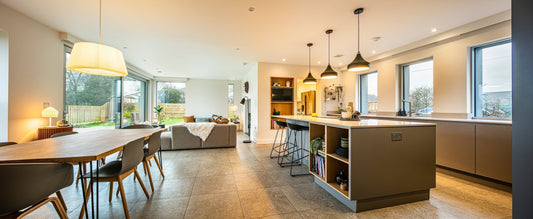The Passive House Standard
If you enter a Google search for ‘energy efficient building standards’, an assortment of recommendations, government policies and directives, blogs and, of course, advertisements are liable to flash up on your screen.
The choice of guidelines on building procedure and energy efficiency standards can be overwhelming for first-time builders. Dubbed “the world’s leading standard in energy efficient design”, the German-conceived Passivhaus standard is becoming well known and increasingly popular with UK builders.
Find out what’s involved in becoming Passive House certified, what the benefits are, and links to more resources to further your understanding and help in your own Passive House project.
-
Passive House Windows
Find the perfect windows for your project -
Passive House Doors
Discover your ideal door solution
What is the Passive House Standard?
The Passive House Standard is a set of criteria for building. It encompasses all buildings – not just homes – and takes the form of a ‘construction concept’ (Passipedia) rather than a brand name.
To become Passive house certified, new buildings must be constructed, or existing dwellings retrofitted, according to strict requirements in five key areas of the build process:
Collapsible content

Triple-Glazed Windows
Triple-glazed windows and insulated frames ensure that interior window surfaces are never cold to the touch.
Low-Emissivity (Low-E) glass, with argon or krypton gas between the panes, is used. Learn more about Low-E glass here. The Passive House Institute (PHI) also specifies a U-value of 0.80W/(m²K) or less – a specification easily met by most of our triple-glazed range. You can download full PHPP for our Passive House product range here.
Thermal Insulation
Thermal insulation is usually considered the most important requirement in the design and building process of a Passive House.
All opaque surfaces of a building must have u-values of 0.15 W/(m²K) or less. This keeps warmth in during winter and heat out during summer.
Ventilation
Adequate ventilation - with heat recovery - circulates fresh air through the building and ensures that it remains at or near room temperature.
This prevents the kind of stuffiness you’ll remember from the wintertime years of closed windows in school classrooms and avoids a heat-trap situation in warmer temperatures. A Mechanical Heat Ventilation Recovery (MHVR) system helps to keep both excessive heat and cold very firmly to a minimum.
Airtightness
Passive houses are designed to have a continuous airtight outer shell. Leakage through any gaps must be less than 0.6 of the total house volume, per hour, at 50 Pascals pressure.
This rate is known as Air Changes per Hour (ACH50) and is measured in a process known as a blower door test. It requires airtightness to be around 20x that of a standard build – allowing for clear comfort benefits that include reducing draughts and cold spots.
Crucially, the longevity of a building is also improved. Indoor air always has a higher water vapour content than outdoor air – and so, when draught spots are not eliminated, the condensation caused by air cooled as it leaves the building can cause moisture problems that weaken the building components.
Thermal Bridging
Passive Houses are designed to reduce or eliminate thermal bridging, especially in cooler climates.
Thermal bridging refers to an area or object that is more conductive than the materials around it. Heat follows the path of least resistance, so thermal bridging generally means that we have more heat loss and colder interior surface temperatures. An example of a classic thermal bridge spot: insufficient insulation is detailed below a door or window frame.
The interior surfaces are barely separated from the cold exterior face of the building and all manner of cold and damp spots ensue. How do Passive House requirements tackle this? Detailed planning is required to eliminate thermal bridging wherever and minimise their impact where some thermal bridging is unavoidable. Technical details of the thermal bridging requirements can be found here.
What are the benefits of building to the Passive House Standard?
Adhering to Passive House criteria significantly impacts the energy consumption and daily life in a building.
According to the Passipedia website:
"Passive House buildings allow for space heating and cooling related energy savings of up to 90% compared with typical building stock and over 75% compared to average new builds. Passive House buildings use less than 1.5 l of oil or 1.5 m3 of gas to heat one square meter of living space for a year – substantially less than common “low-energy” buildings. Vast energy savings have been demonstrated in warm climates where typical buildings also require active cooling."
Other frequently cited benefits of Passive Houses include:
-
Energy And Cost Savings
Space heating and cooling related energy savings of up to 90% compared with typical building stock & over 75% compared to average new builds.
-
Durability
Airtightness eliminates draughts. No cold or damp spots means minimal condensation related damage, and a more durable building over time.
-
Health
Passive houses enjoy a healthier living environment thanks to ventilation systems and condensation, cold spot and damp-eliminating design.
-
Comfort
Energy efficiency is actually only part of passivhaus. People don’t often realise that the Passivhaus Standard is also a rigorous comfort standard.
Ready to achieve Passive House excellence?
Take our short survey to discover low-energy windows and doors for your project.
Passivhaus or Passive House - what's the difference?
Passivhaus is the original (German) name for the building concept. Passivhaus can be applied to any building type - 'haus' means building in German, not house.
There are many commercial and large residential properties built to Passivhaus standards. It can be used interchangeably with Passive House, which is the anglicised equivalent.
We refer to Passive House in our articles and throughout our website.
The Passivhaus Institute places emphasis on detailed planning to make achieving the standard as realistic, cost-effective and efficient a process as possible. It shouldn’t cost the earth to construct comfortable, energy efficient buildings.
Passive House Projects
From mid-century transformations to passive house schools, discover how Norrsken windows and doors create sanctuaries of sustainable comfort.
An architect’s home and studio, nestled in rural Yorkshire. An eye-catching agricultural-inspired family home. Our passive house projects span every architectural vision. Discover your Norrsken neighbours' passive house visions brought to life.
GALLERY
At Norrsken, we understand the complexities of the Passive House process
We offer support and expert advice throughout with one primary goal: to provide our clients with an exemplary service from beginning to end.
We work hard to maintain a reputation for integrity and attention to detail - more important nowhere than during a Passive House project. To deal with a diligent, committed and caring team for your Passive House project, enquire today.
-
Passive House Windows
Find the perfect windows for your project -
Passive House Doors
Discover your ideal door solution










